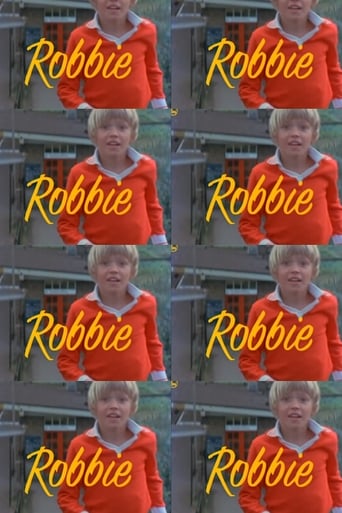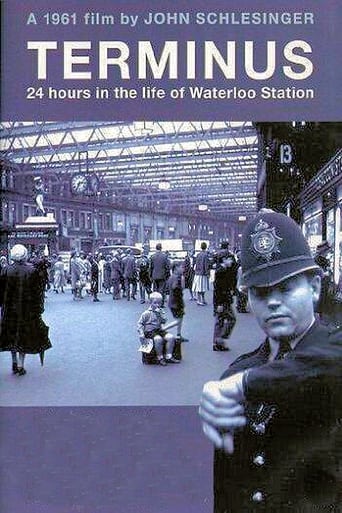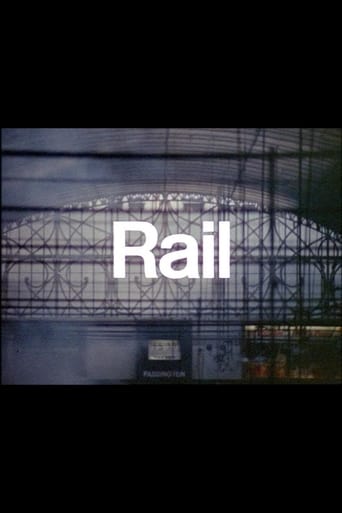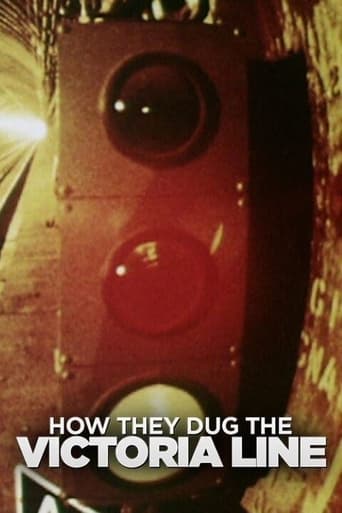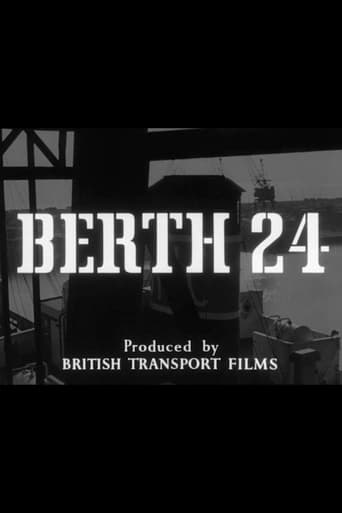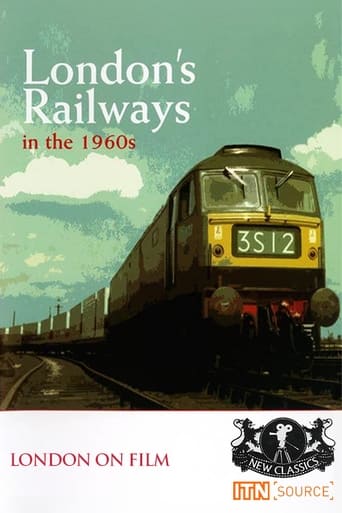Robbie 1979
Young Robbie, a keen footballer and a railway enthusiast, is persuaded by his big brother to go through a hole in a railway fence on to the track for some reason. His laces become caught on the tracks and he has an accident so serious that he will never play football again. A film for showing to eight to eleven-year old children and their parents, which points out the folly of breaking railway fences and trespassing on the line, and illustrates the immediate dangers. Part of BFI collection "The Age of the Train".
